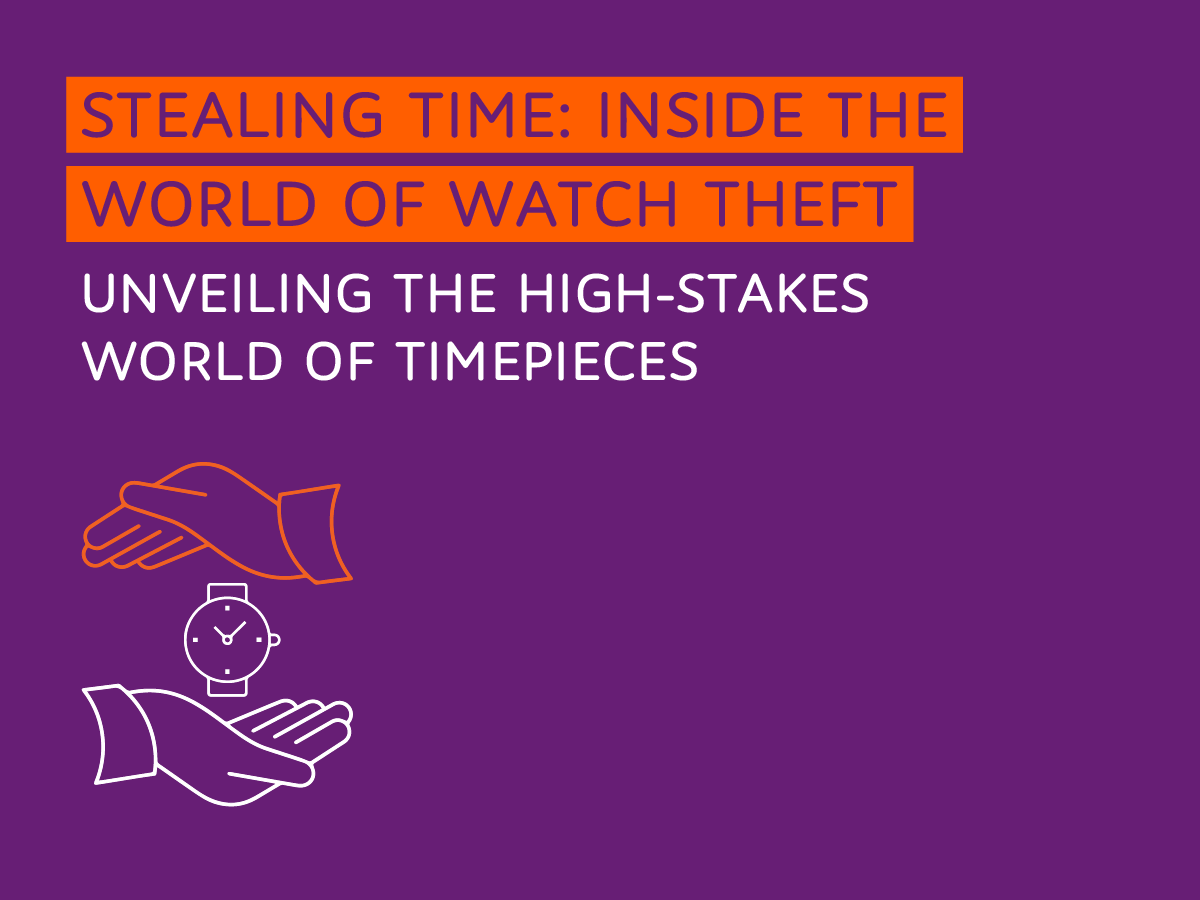Posted on October 14, 2025

The history of collectibles is a fascinating story of human desire, economic shifts, and changing cultural values. From ancient pieces to modern-day trading cards, the rise and fall of these items show the complex play of factors that determine what we deem valuable.
The Rise of Collectibles
The value of a collectible is not intrinsic; it is determined by a number of factors that drive demand and rarity.
* Rarity and Scarcity: This is perhaps the most important driver of value. Items that are difficult to find, such as limited-edition releases, misprints, or items that have been lost or destroyed over time.
* Condition and Authentication: A collectible's condition is paramount. Items in pristine condition, often authenticated and graded by professional services, command a much higher price than those with visible wear or damage. This is especially true for items like comic books, trading cards, and vintage toys.
* Nostalgia: A powerful driver of value is nostalgia. Collectibles from a person's childhood often become more desirable as they reach adulthood.
* Market Trends and Speculation: The collectibles market is subject to trends. A new movie, TV show, or a high-profile auction can spark a frenzy of interest, driving up prices. This can also lead to speculative bubbles where investors buy items in the hope of future appreciation.
The Fall of Collectibles
The same factors that can cause a collectible's value to soar can also lead to its decline.
* Loss of Nostalgia: As generations "age out" of the collecting hobby, the nostalgic value of items from their youth can decline. For example, some antiques and collectibles that were once highly valued by baby boomers are now declining in price as younger generations don't have the same connection to them.
* Over-production and Market Saturation: Items specifically marketed as "collectible" often fail to hold their value. Companies mass-produce "limited editions" and "commemorative items," creating an over-saturated market with little genuine rarity. The Beanie Baby bubble of the 1990s is a great example of this.
* Economic Downturns: During economic recessions or periods of financial uncertainty, demand for non-essential items like collectibles can drop significantly, leading to a decline in value.
* Shifting Tastes: Tastes and trends are constantly changing. What is "in" today may be "out" tomorrow. This recurring nature of trends means that a collectible that is currently popular may be forgotten over the next few years .
* Condition and Damage: The value of a collectible can plummet if it is not properly stored and cared for. Exposure to light, humidity, or simply the passage of time can cause irreversible damage, drastically reducing its worth.
In conclusion, the rise and fall of collectibles is a story of affinity and sentiments, with a unique emotional component. The majority of collectibles are better viewed as a hobby driven by passion and personal connection, rather than a guaranteed path to financial gain.









